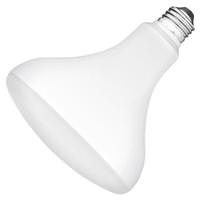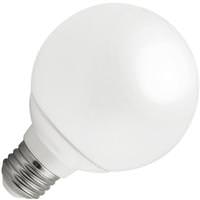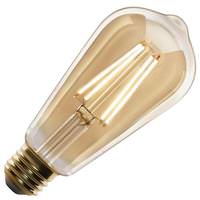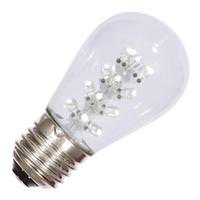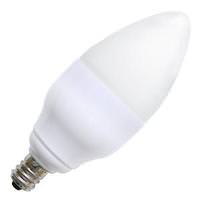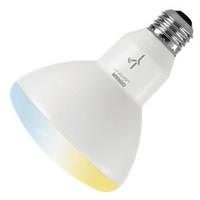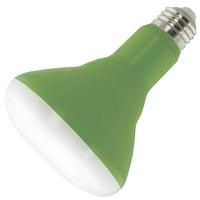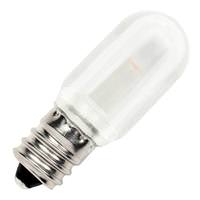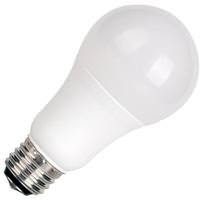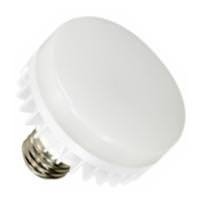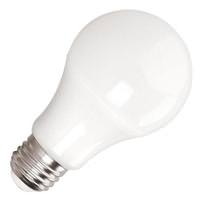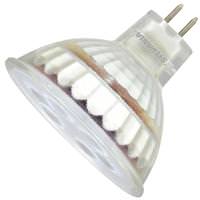
|
Sylvania 5 watt 12 volt MR16 Bi-Pin Base 3000K Natural White Dimmable Glass Flood LED
Atlanta, GA
Nice light bulb. Provides light where there was dark.
|
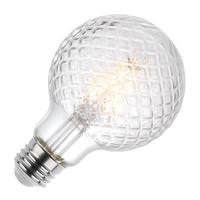
|
Westinghouse 5.5 watt 120 volt G25 Medium Screw Base 3000K Natural White LED Light Bulb
Osage Beach, MO
Received my order in good shape and in a timely manner. Was glad to find them.
|
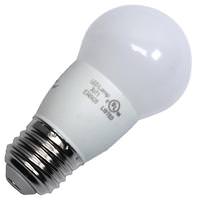
|
Earthtronics 4.7 watt 120 volt A15 Medium Screw Base 2700K Warm White Frosted Dimmable LED
San Diego, CA
This is the perfect amount of watts that I could use in many of my fixtures. And they can also be dimmed.
|

